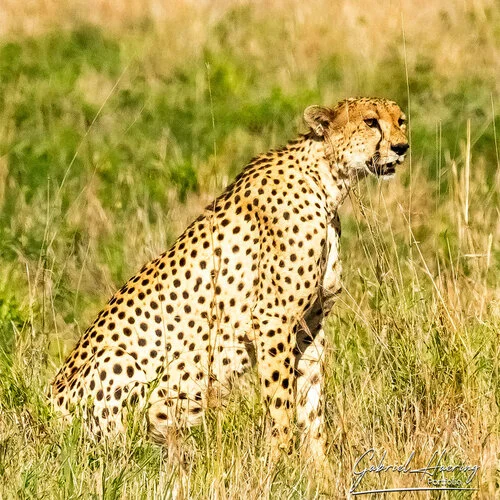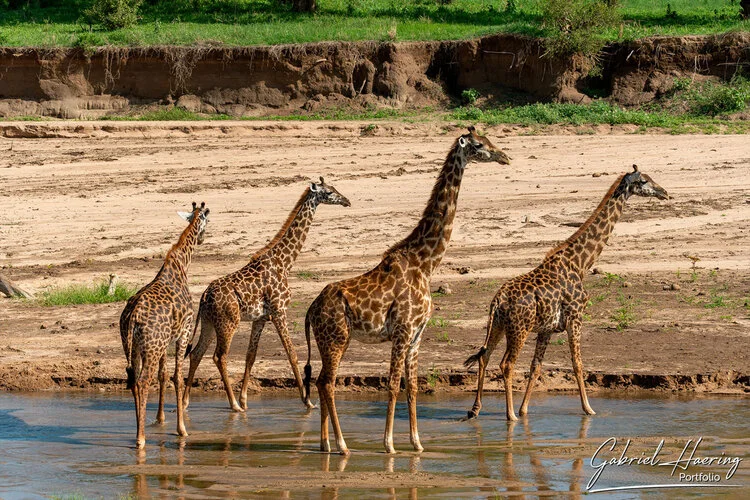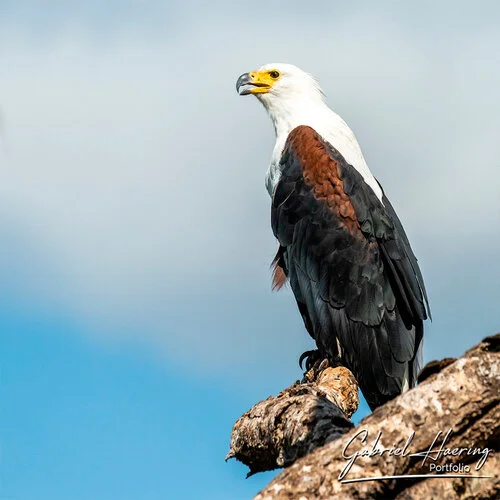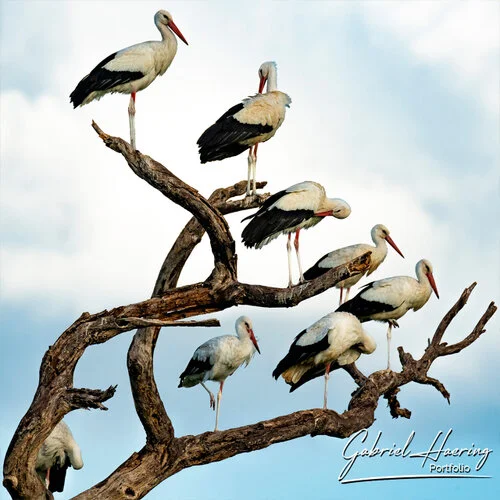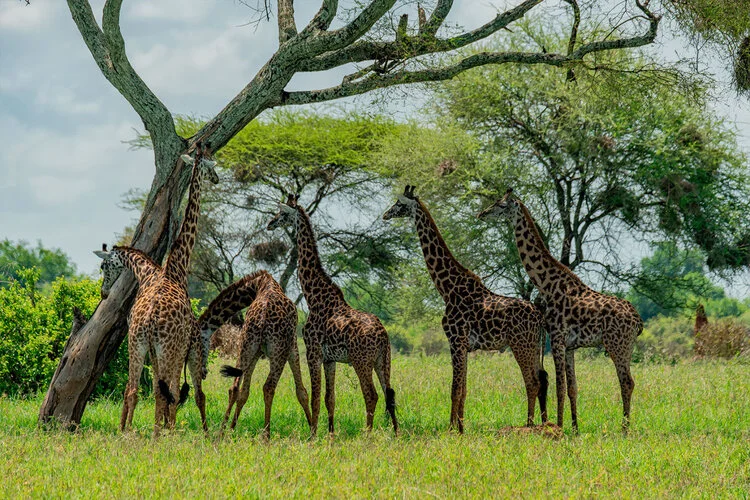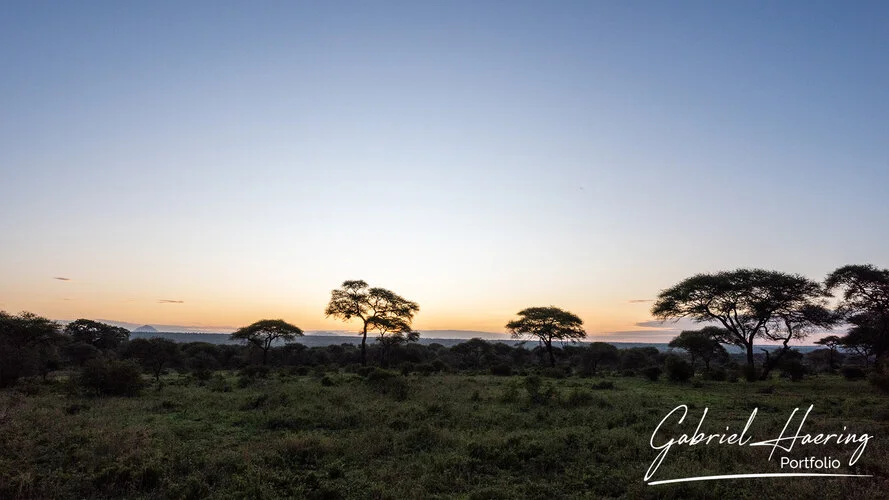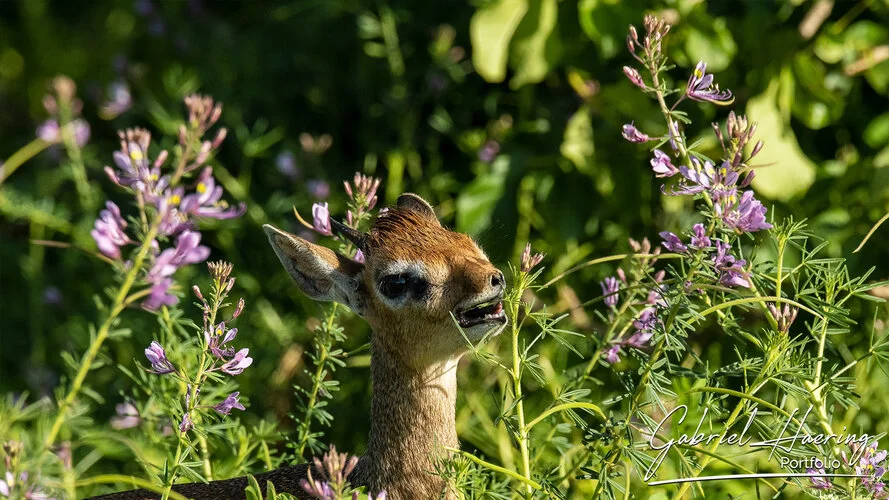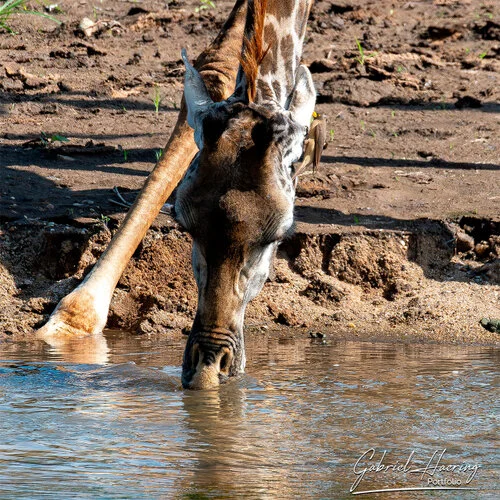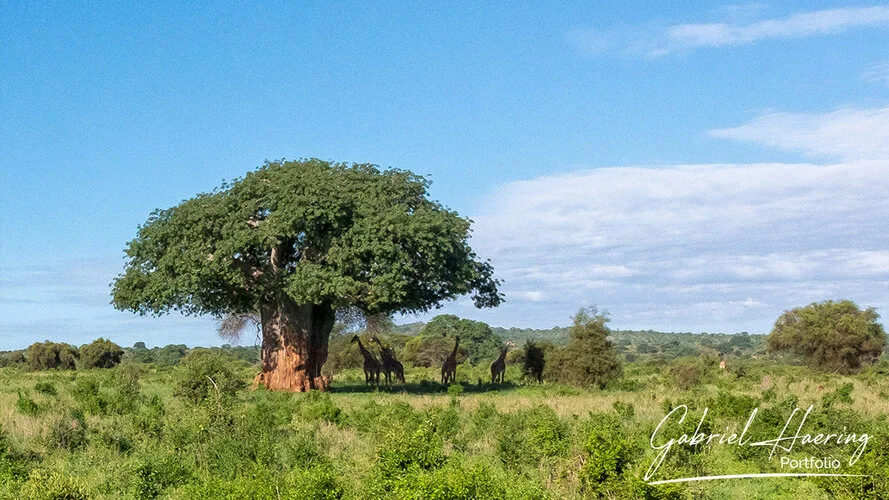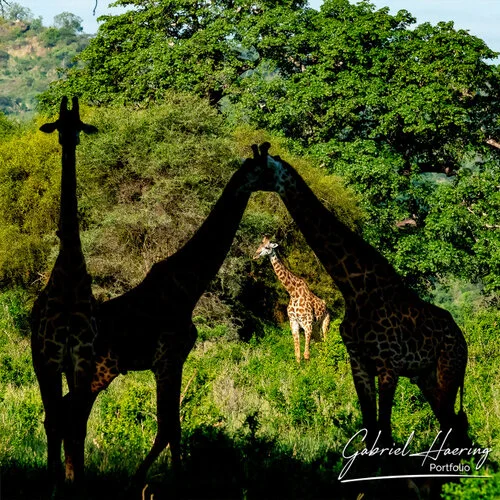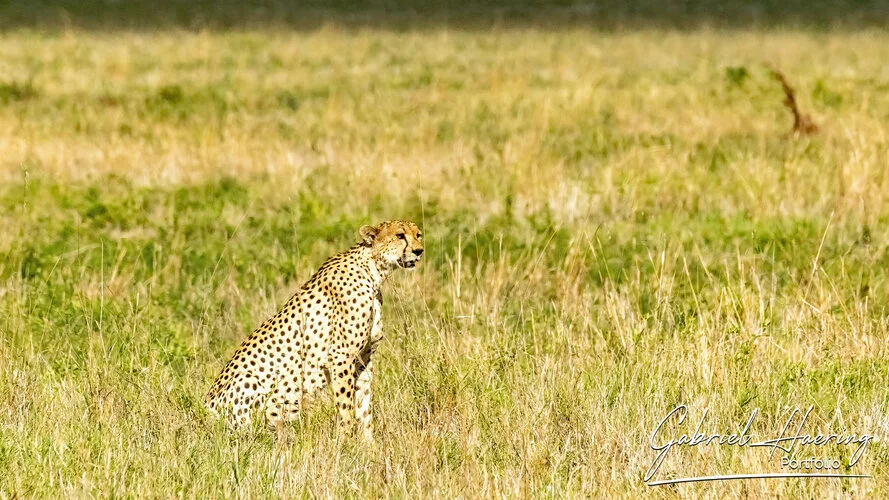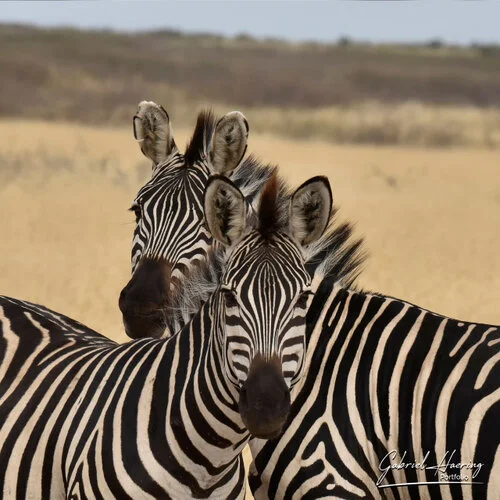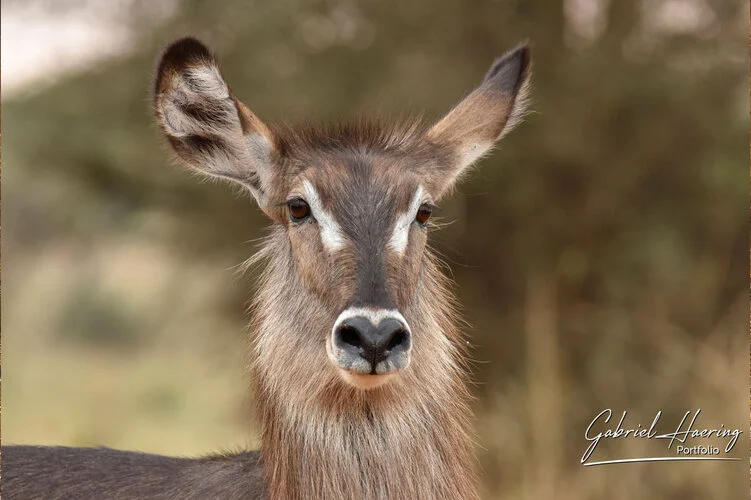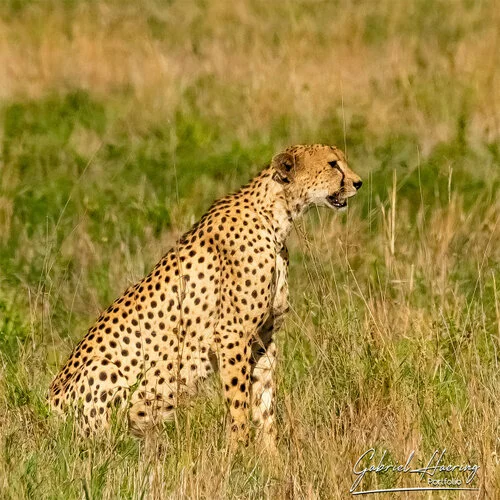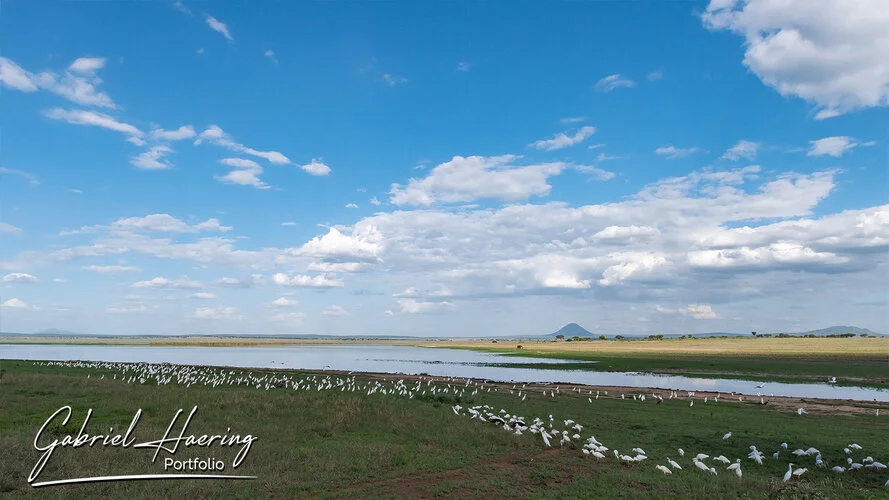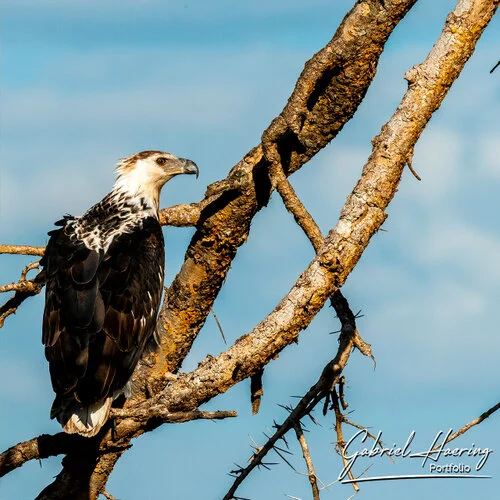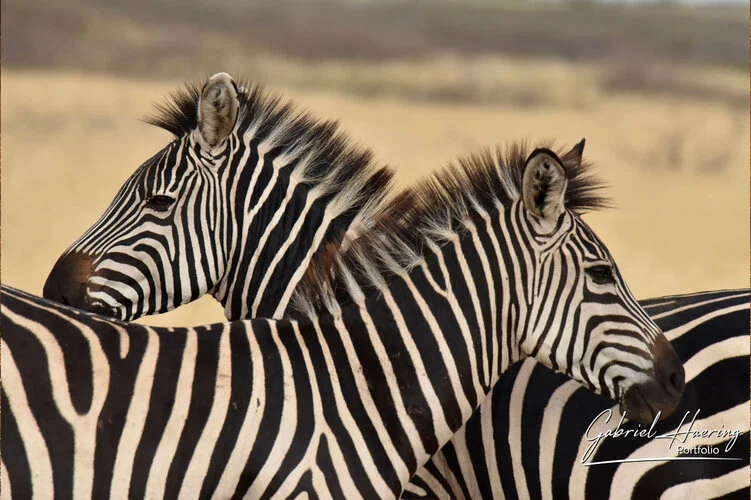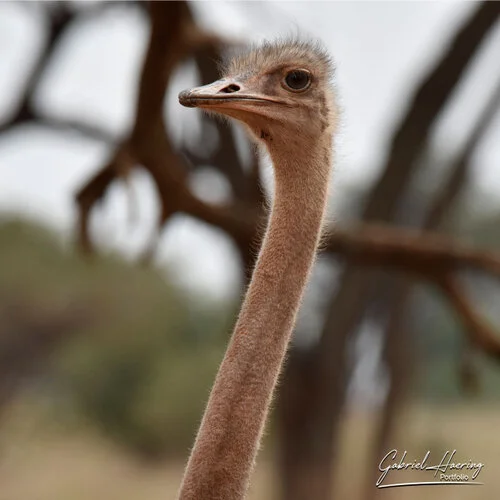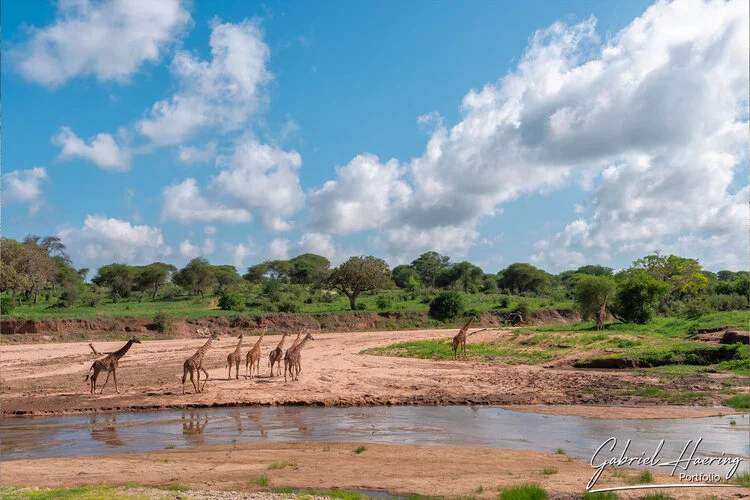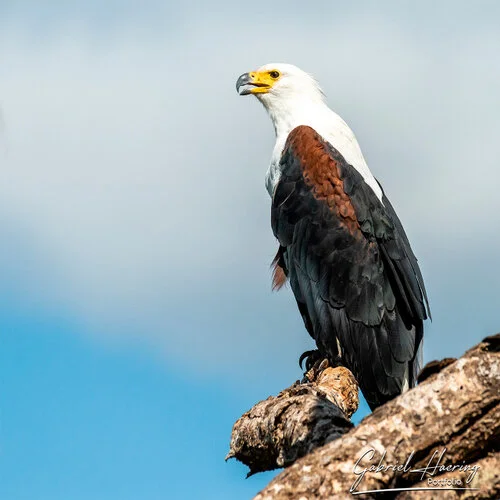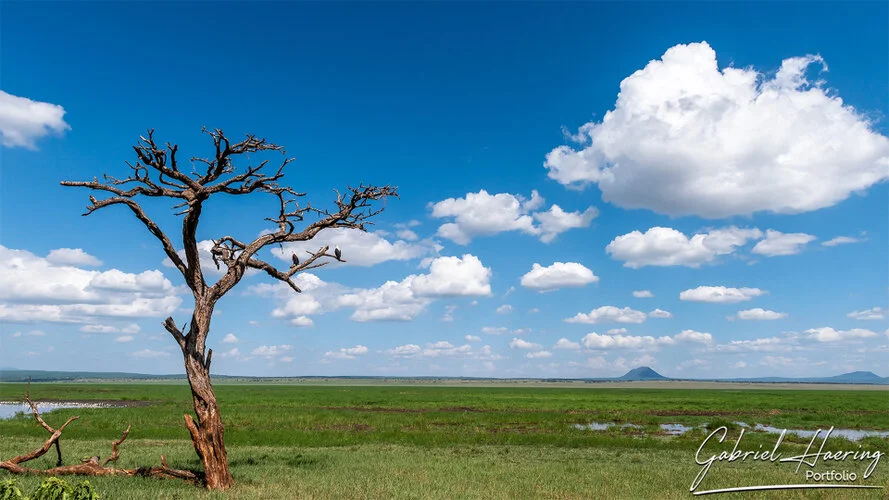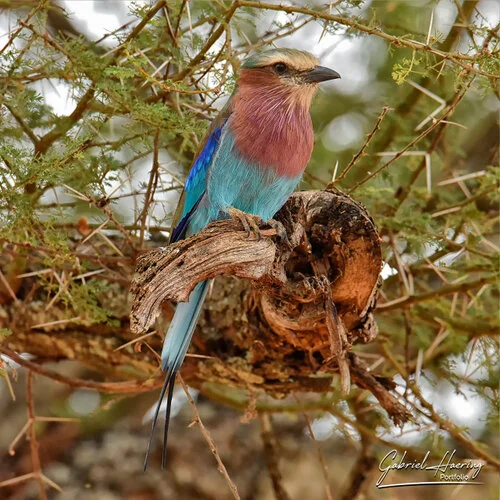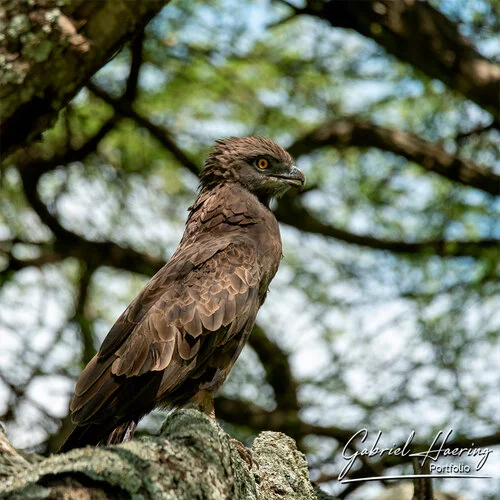Photographic Safari Tarangire Portfolio by Gabriel Haering
Menu 2 > Portfolio
Tarangire National Park
Endelevu Tours and Safaris offers unique photographic safaris that take you to the heart of Tanzania's hidden gems, including Tarangire National Park.
This lesser-known park is a treasure trove for photographers and wildlife enthusiasts alike, providing an intimate experience away from the usual crowds.
Tarangire holds a special place in my heart as one of Africa's most peaceful and awe-inspiring destinations.
With its diverse landscapes, ranging from vast savannas dotted with ancient baobab trees to hidden pockets where elephants roam in tranquility, Tarangire offers endless opportunities to capture the beauty of nature.
The park is also home to a rich variety of birdlife, striking mammals, and elusive predators, making it a dream location for anyone looking to photograph wildlife in its natural habitat.
What sets this park apart is the sense of peace and connection with nature.
Every visit feels like a personal journey through ever-changing scenes, where the quiet of the park allows for deeper appreciation and reflection. It's this unique blend of tranquility and raw natural beauty that makes every moment in Tarangire a refreshing and unforgettable experience.
Endelevu Tours and Safaris ensures that you not only witness this magic but also leave with photographs that tell the story of Tanzania's wild heart.
About Tarangire National Park
Tarangire National Park, established in 1970, is one of Tanzania's most treasured wildlife sanctuaries. Located in the northern part of the country, it is named after the Tarangire River, which serves as the park's lifeblood, especially during the dry season. Before becoming a national park, the area was a favored hunting ground for indigenous communities such as the Maasai. The establishment of the park was part of Tanzania's broader conservation efforts during the 20th century, aiming to protect wildlife from poaching and habitat destruction. Today, Tarangire is celebrated for its vast elephant herds and remarkable biodiversity, offering a glimpse into Tanzania’s rich natural heritage.
Seasonal Changes and Wildlife Patterns
Tarangire's wildlife and scenery transform dramatically with the seasons. During the dry season, from June to October, the Tarangire River becomes the primary water source for miles around, attracting massive herds of animals. Elephants, zebras, wildebeests, and buffaloes congregate along the riverbanks, making this one of the best times to witness wildlife. Predators, including lions, leopards, and cheetahs, are never far behind, taking advantage of the abundant prey.
The wet season, from November to May, paints the landscape with lush greenery. Although wildlife is more dispersed due to the abundance of water, this season is ideal for birdwatchers. Over 550 bird species, including the vibrant yellow-collared lovebird and the rare ashy starling, flock to the park, making Tarangire a paradise for ornithologists. The verdant scenery, coupled with blooming wildflowers, offers a completely different yet equally captivating experience.
Tips for Photographers Visiting Tarangire
Tarangire National Park is a photographer’s dream, offering an ever-changing palette of colors, landscapes, and wildlife. Here are some tips to make the most of your photographic safari:
- Golden Hours are Key: The soft light during early morning and late afternoon creates the best conditions for wildlife photography. Not only does the lighting enhance the colors, but animals are also most active during these cooler parts of the day.
- Focus on Elephants: Tarangire is renowned for its large elephant population. Capture their interactions, particularly around waterholes, where they can be seen drinking, bathing, or even playing. Using a telephoto lens will help you capture these majestic creatures up close while maintaining a respectful distance.
- Wide-Angle for Baobabs: The park is famous for its ancient baobab trees, which make for stunning landscape photos. A wide-angle lens will allow you to include both the towering trees and the vast plains that define the park’s unique terrain.
- Patience with Predators: For those hoping to photograph lions or leopards, patience is essential. These predators are often found lounging in the shade during the day, so keep your camera ready for when they become active during the cooler hours.
Whether you're a seasoned or professional photographer or a first-time safari-goer, Tarangire National Park offers a rich, immersive experience that highlights the beauty of Tanzania’s wilderness and the importance of sustainable tourism.



